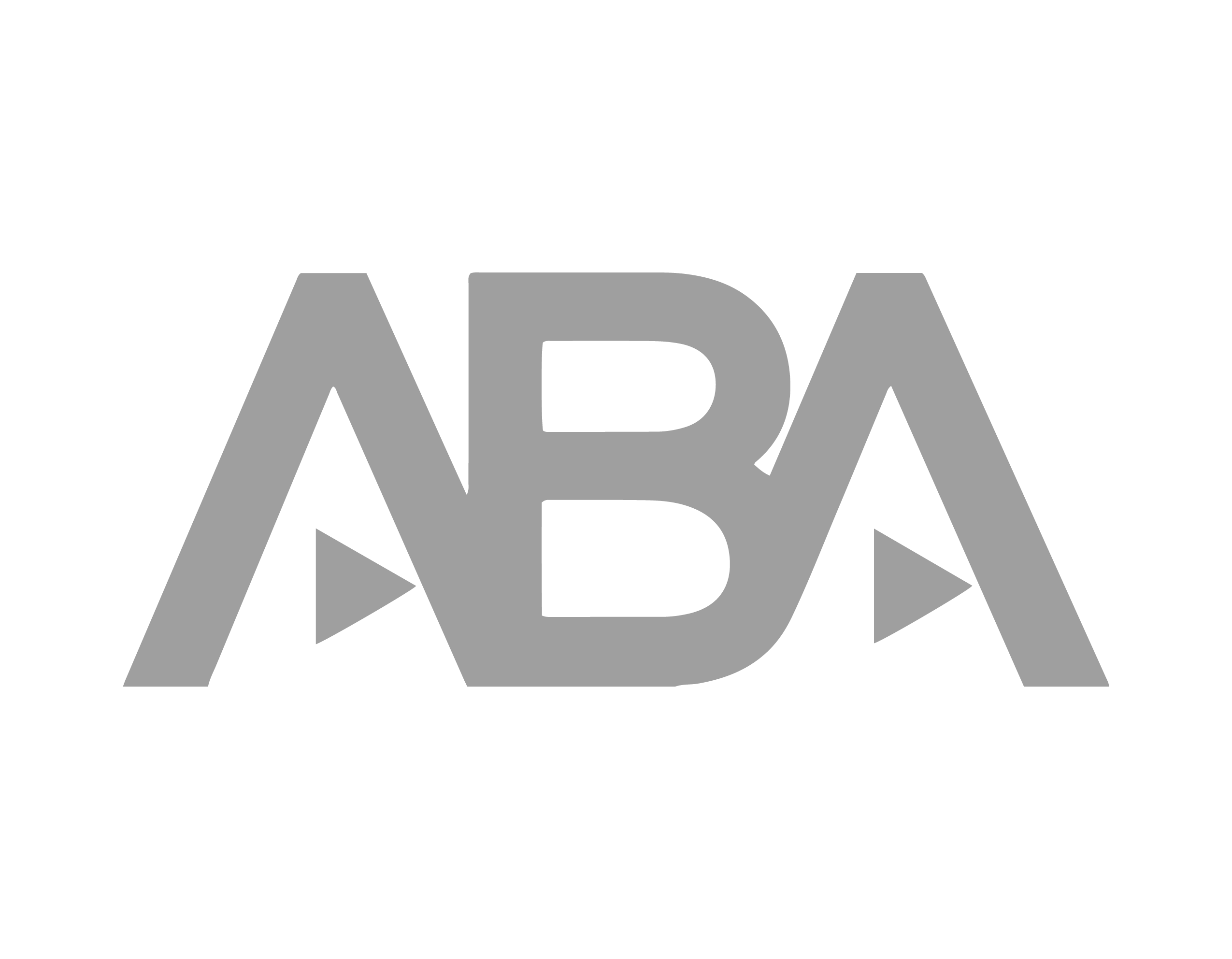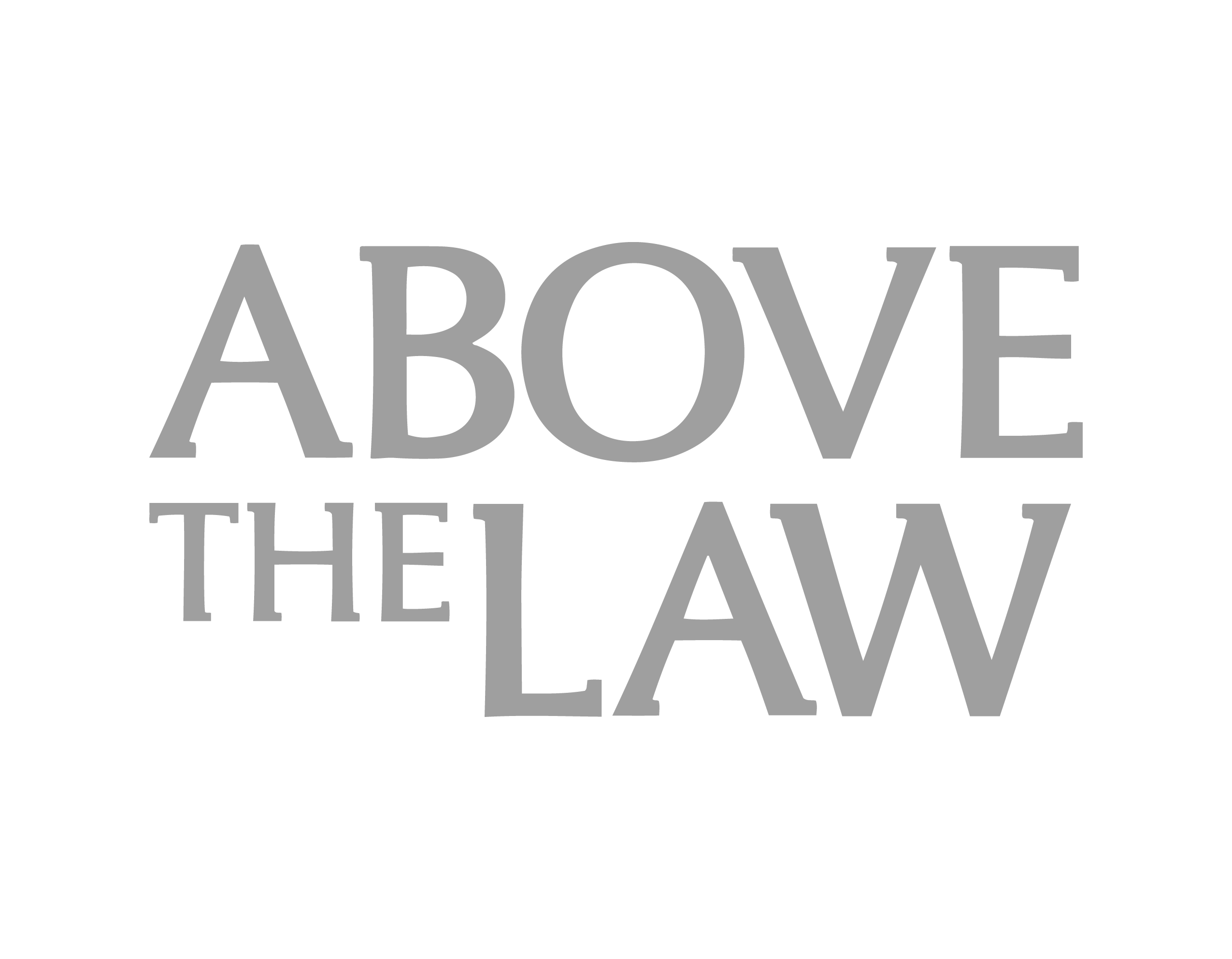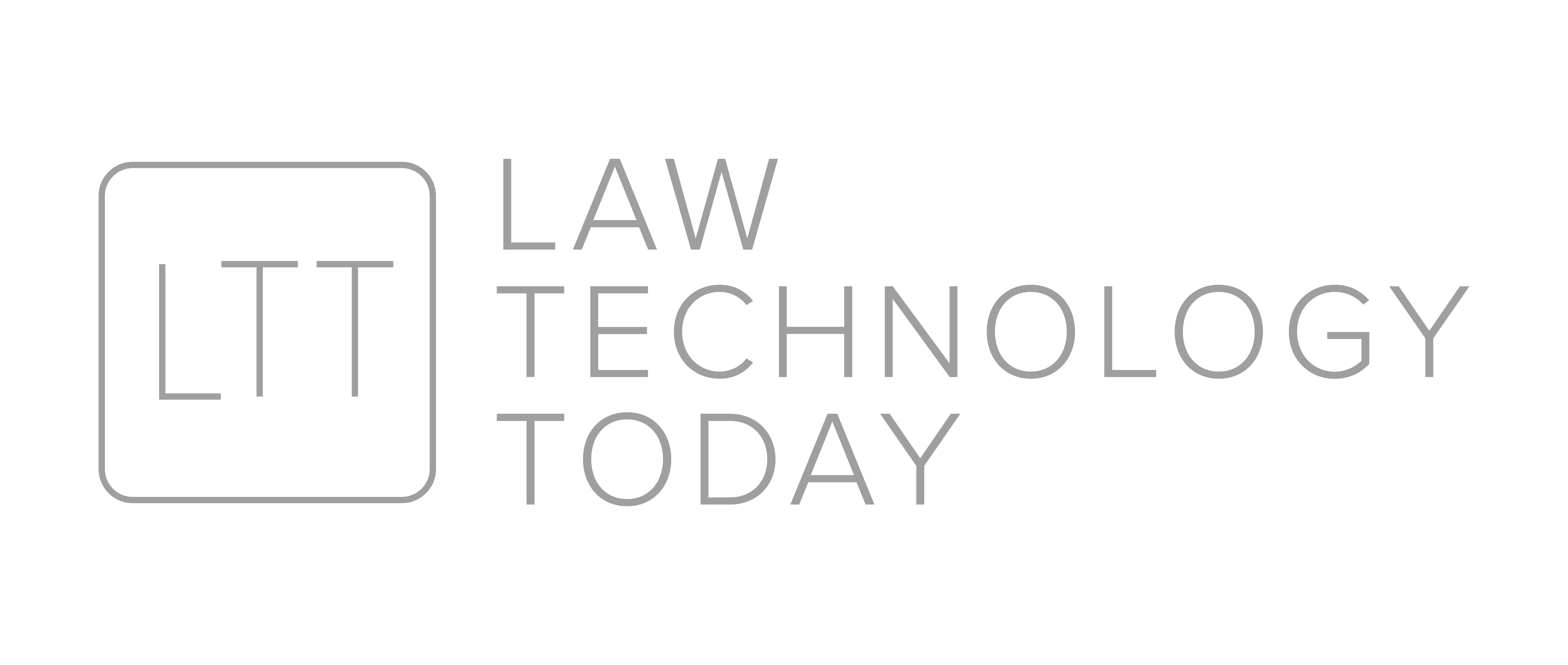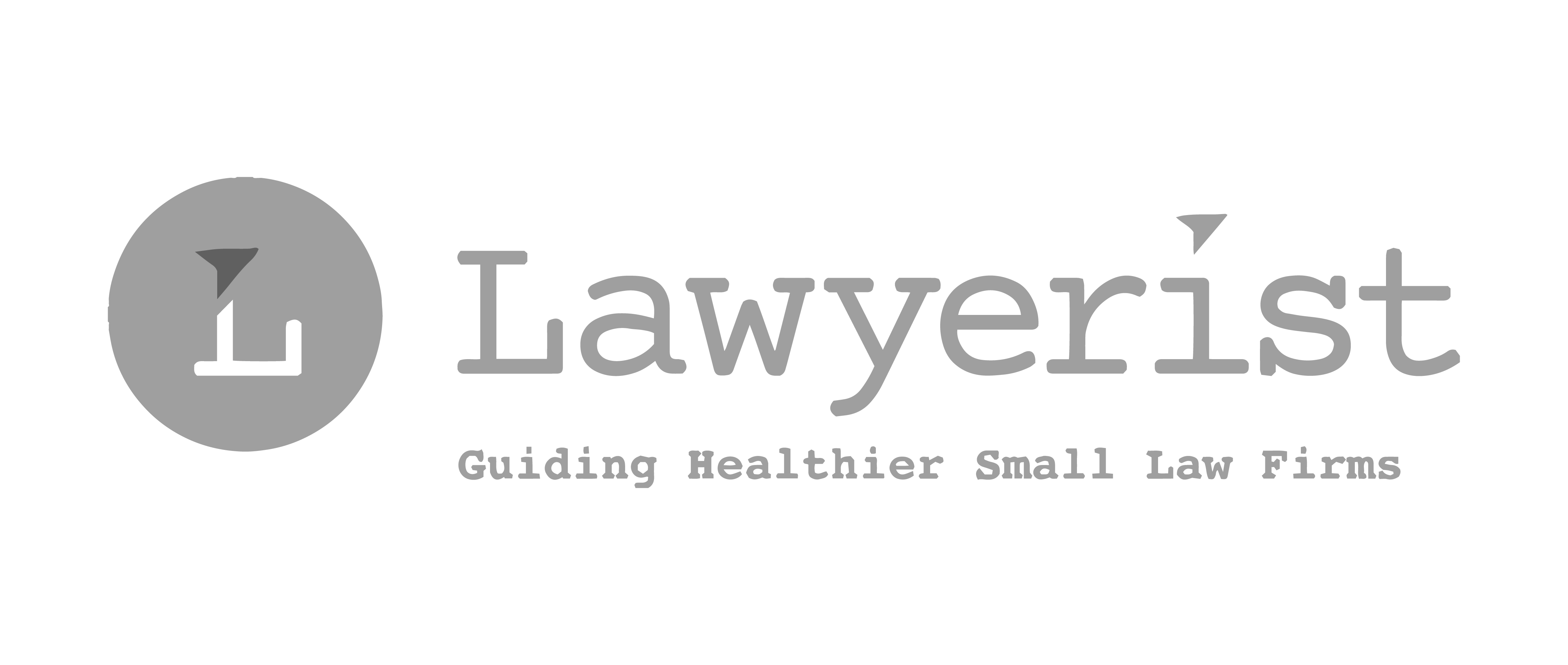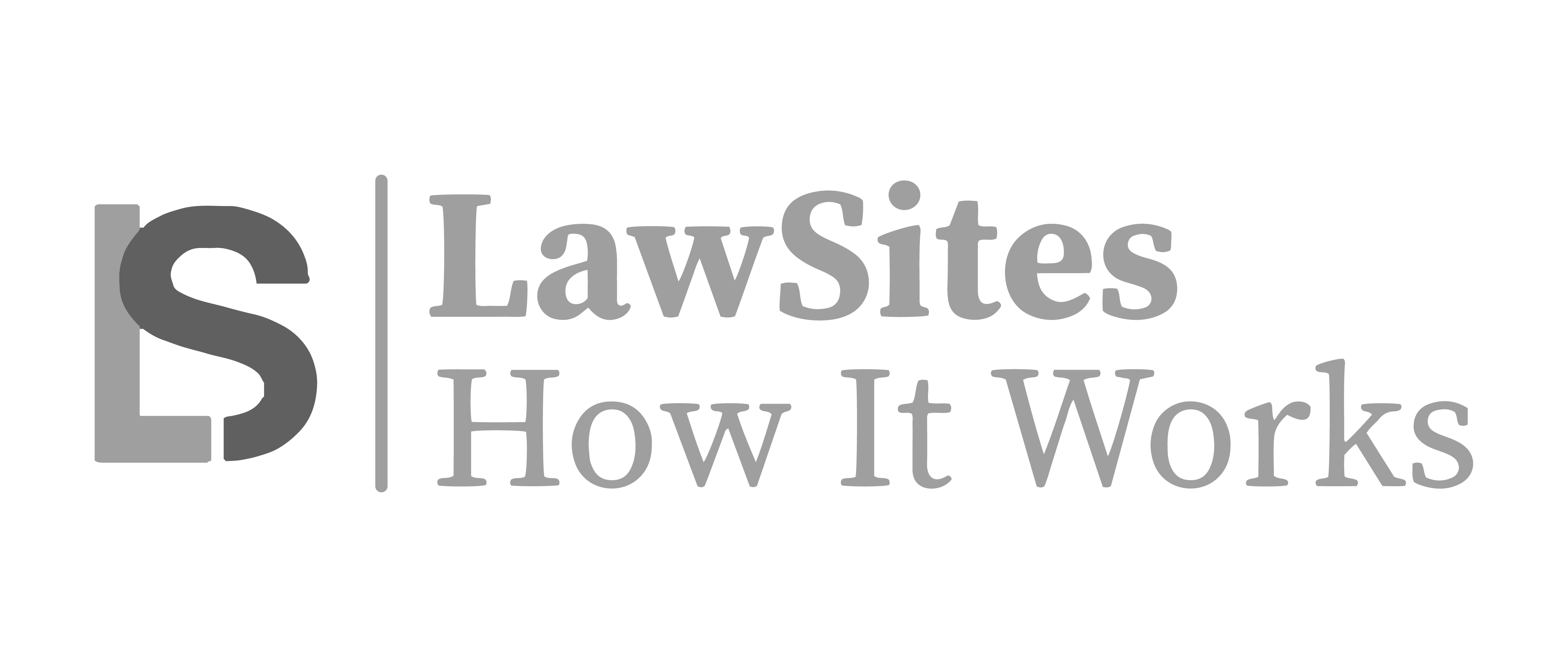Mindfulness Over Multitasking for Increased Productivity
Remember when we proudly exclaimed “multitasking” as a skill on our resume? That was before social media, and the abundance of online distractions that permeate our increasingly digital work life.
And not just our work life. Our lives are interrupted with smartphone beeps, which seems to be increasingly accepted as part of the social contract. Treadmill desks are all the rage (I tried a stationary bike/desk contraption and it worked well for a time, but abandoned it for the gym. It’s good to step away from the desk and the home office.) Even movie theaters are putting in “tweeting seats.” Whatever happened to being present and enjoying the event and the company of the people right next to you?
But I digress. Recent studies have shown that multitasking is not effective. Srikumar Rao, in his book, Happiness at Work, sums it up:
Multitasking simply means that you do many things badly and take much more time at it.
Instead, try single-tasking…or mindfulness.
What exactly is mindfulness?
In an excellent recent post here on the topic, Elizabeth Coleman broke it down:
“Mindfulness,” or paying attention in the present moment with an open mind, reduces our inclination to dwell on the past, and worry about the future. Mindfulness also increases focus and concentration, and, because it is investigative, it’s a good fit for attorneys.
Now that we’ve honed in on mindfulness as paying attention in the present moment, we have to come up with a way to handle our inevitable daily multiple tasks without multitasking — being present and focused on each task, one at a time.
Work on projects in 20 minute to 2 hour increments
Work on tasks for 20-minute intervals that you gradually increase to two-hour spans, Rao recommends. Turn off any electronic gadgets that can be a distraction. He claims that with practice, you’ll be able to accomplish much more and with less effort.
This is an expansion of the Pomodoro Technique which we’ve covered here and also practice. I’ve found the less than half hour increments to be too limiting, particularly for writing blog posts, and have settled on a sweet spot of 90 minutes to two hours.
Breathing and Yoga to increase focus
Having problems focusing for more than an hour? I often do in my hyperactive environment. Try Yoga or simple breathing exercises. I’m not one for classes at the gym or long sessions at the neighborhood center. And it’s not necessary. Instead choose a few exercises and do them every day. I’ve found the Yoga Deck very helpful. It’s a deck of 50 cards with an image of the pose on one side and instructions of how to do it on the other side. Each card also contains a brief description of the benefits of the pose or breathing exercise. I discarded about a dozen cards and focused on 20-30 core exercises, and got the routine down to around 15-20 minutes — a block of time that we can all fit into our daily schedule.
Also, check out our 7 Yoga Poses To Enhance Productivity For Busy Legal Professionals for a quick and effective exercise break during the day.
Perhaps the next time we update our resume, single-tasking may be a more coveted trait to list.
Share post:


